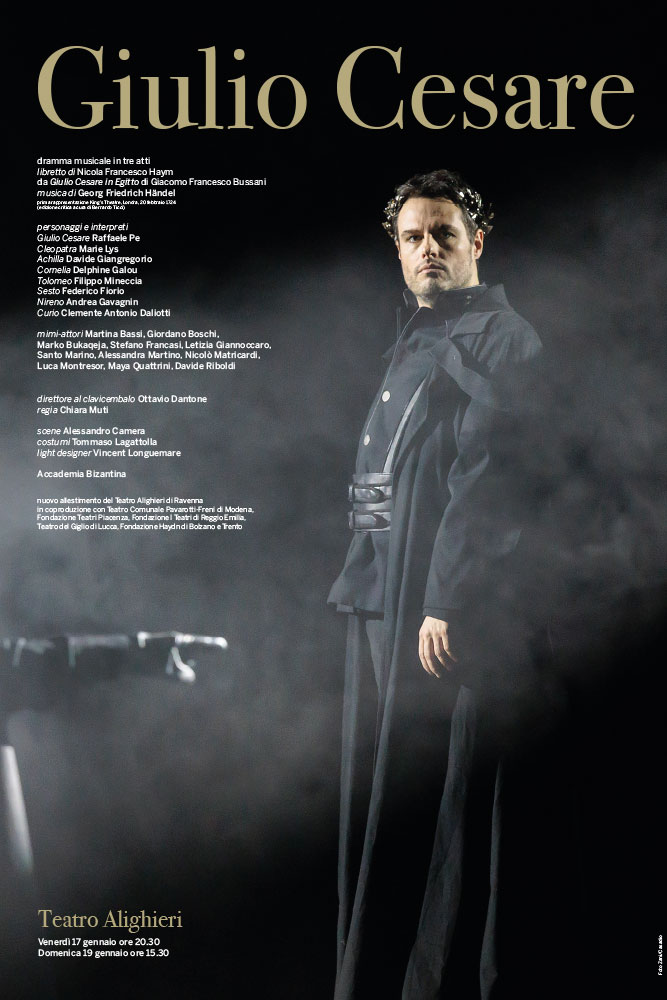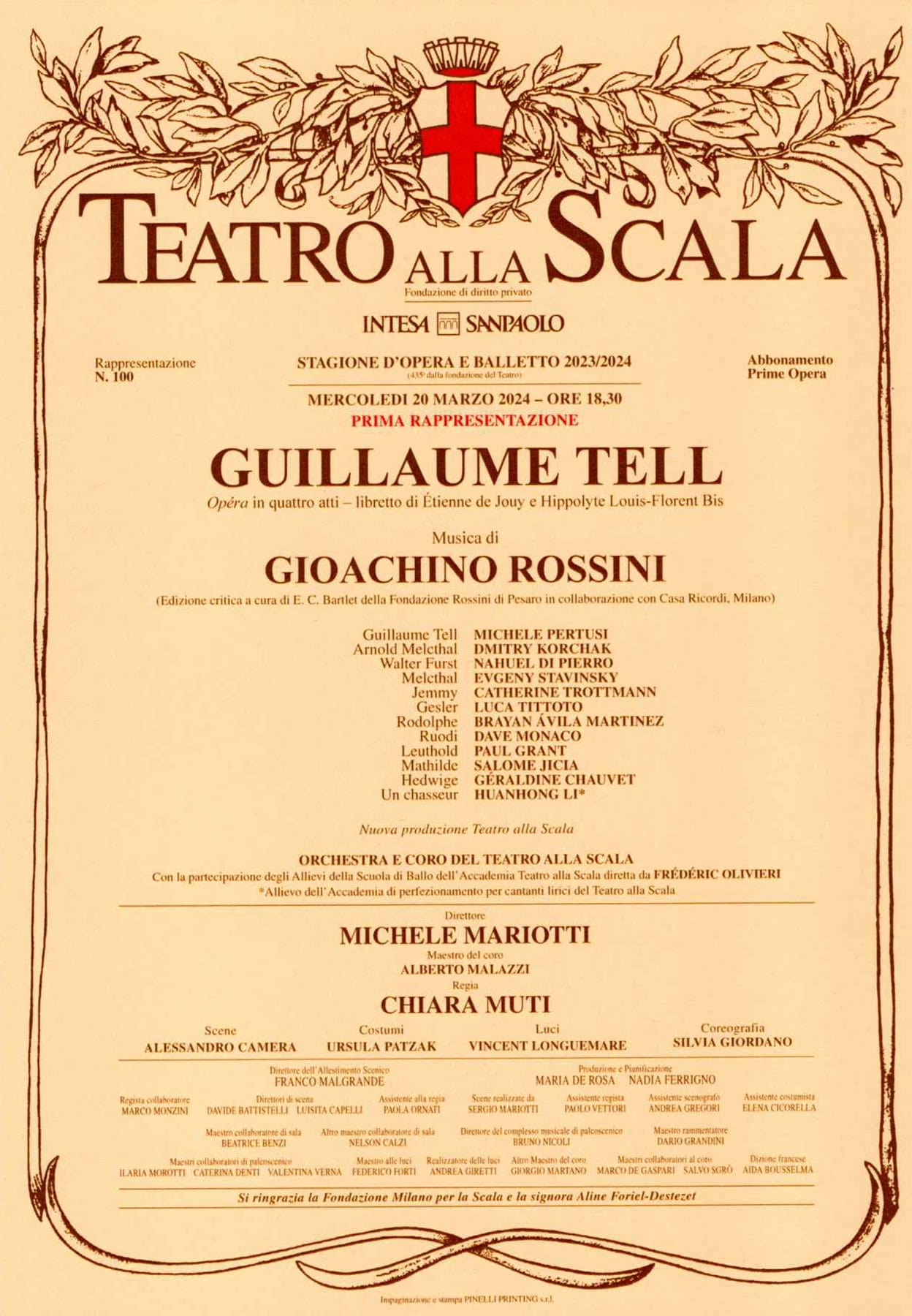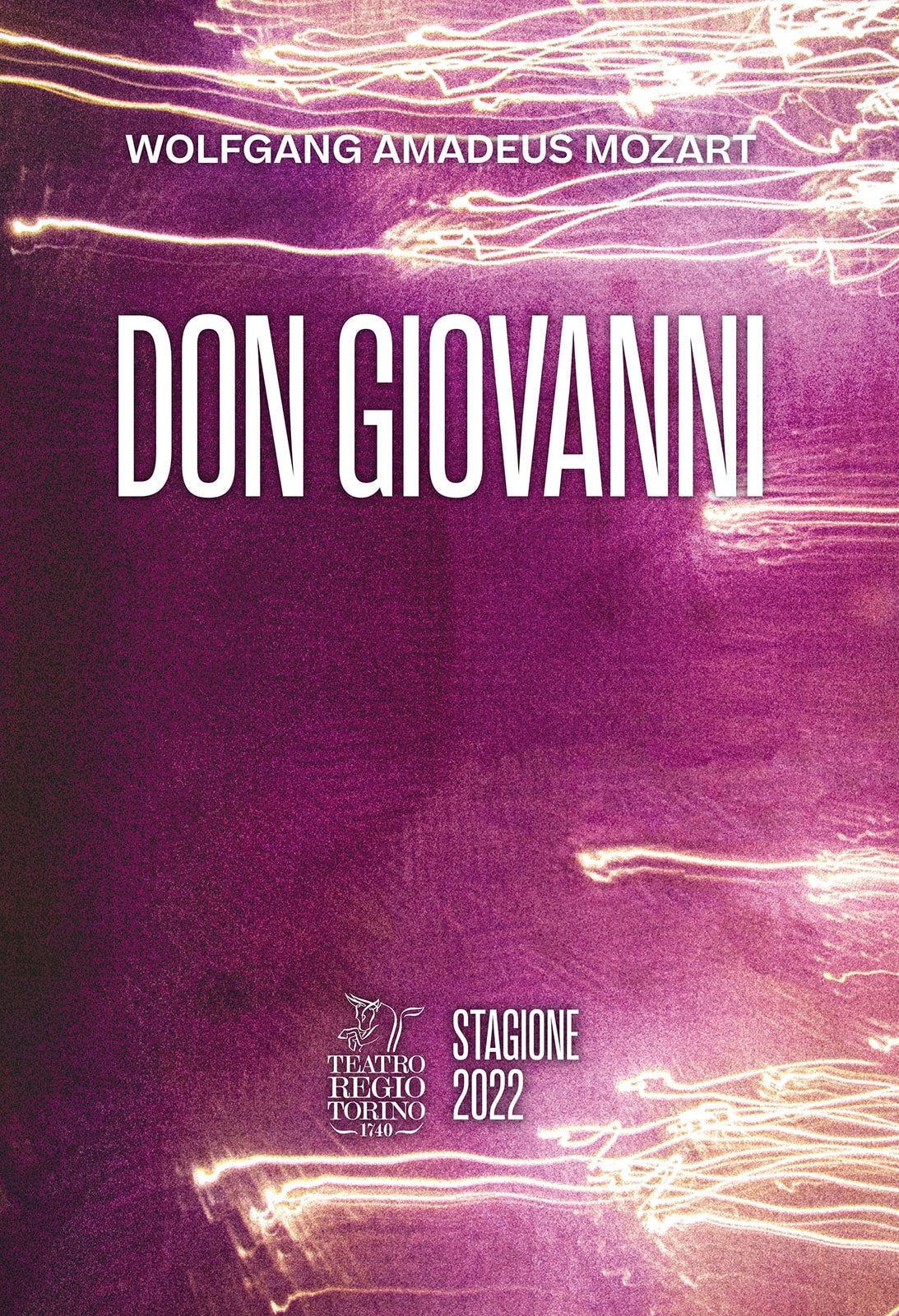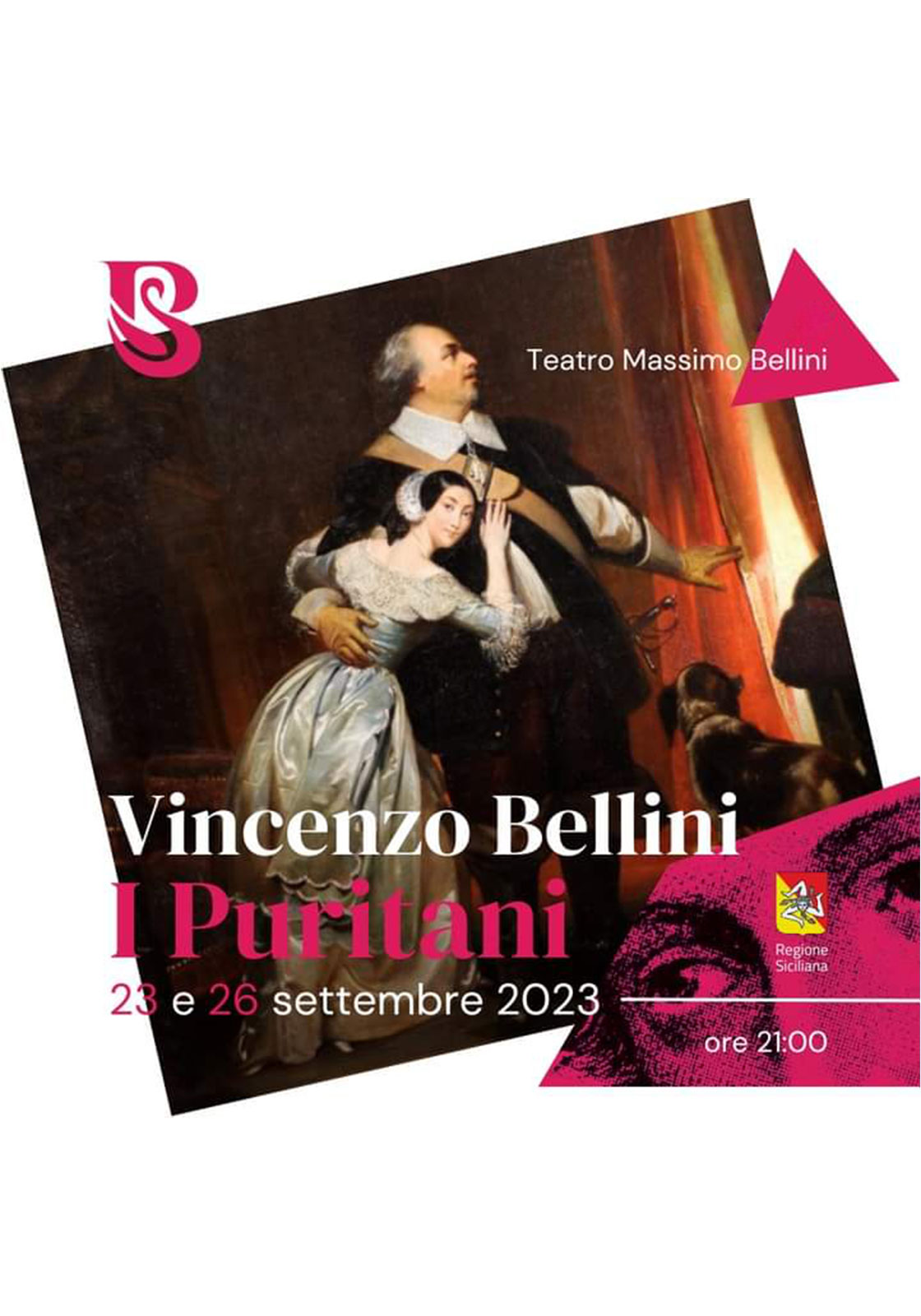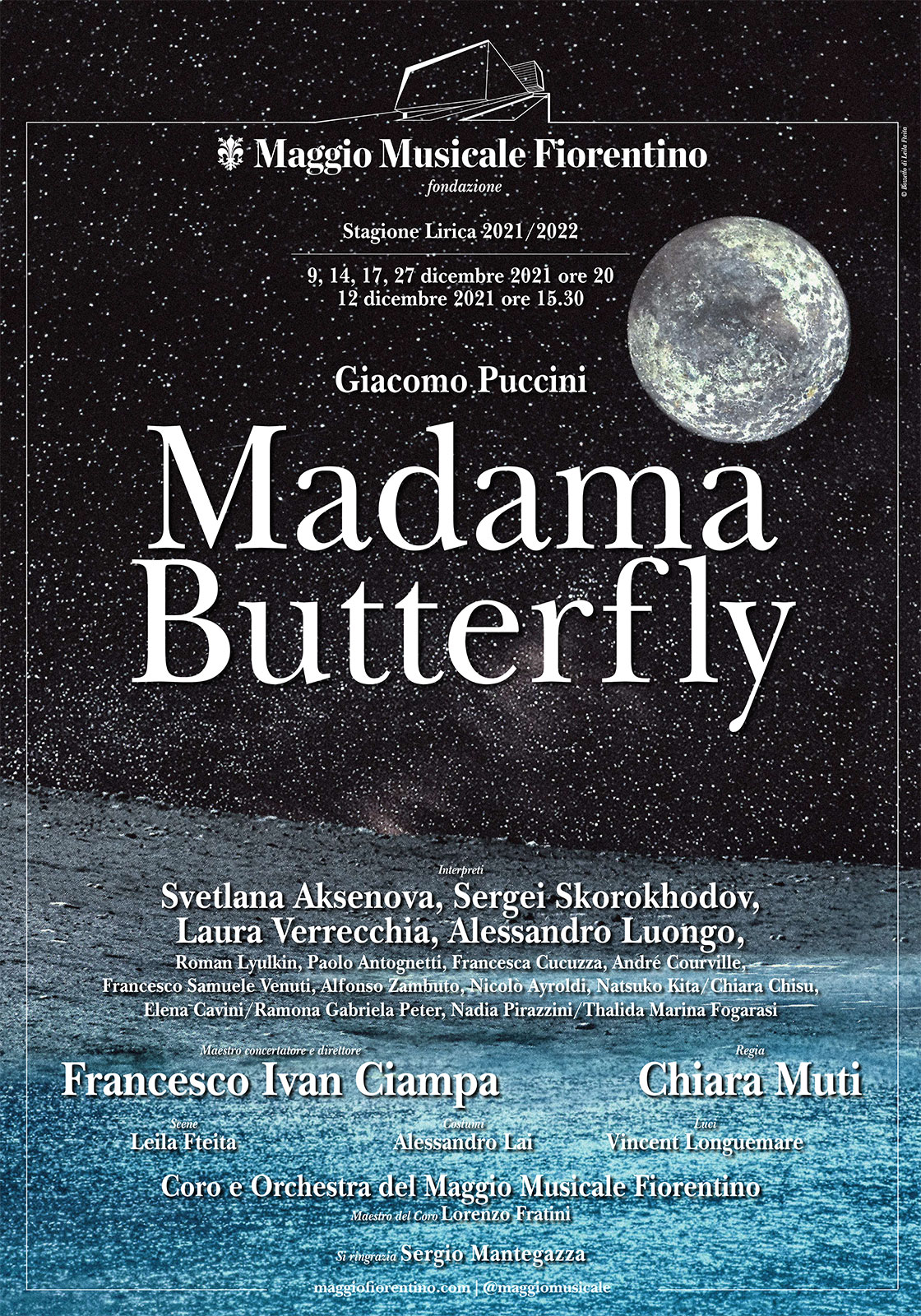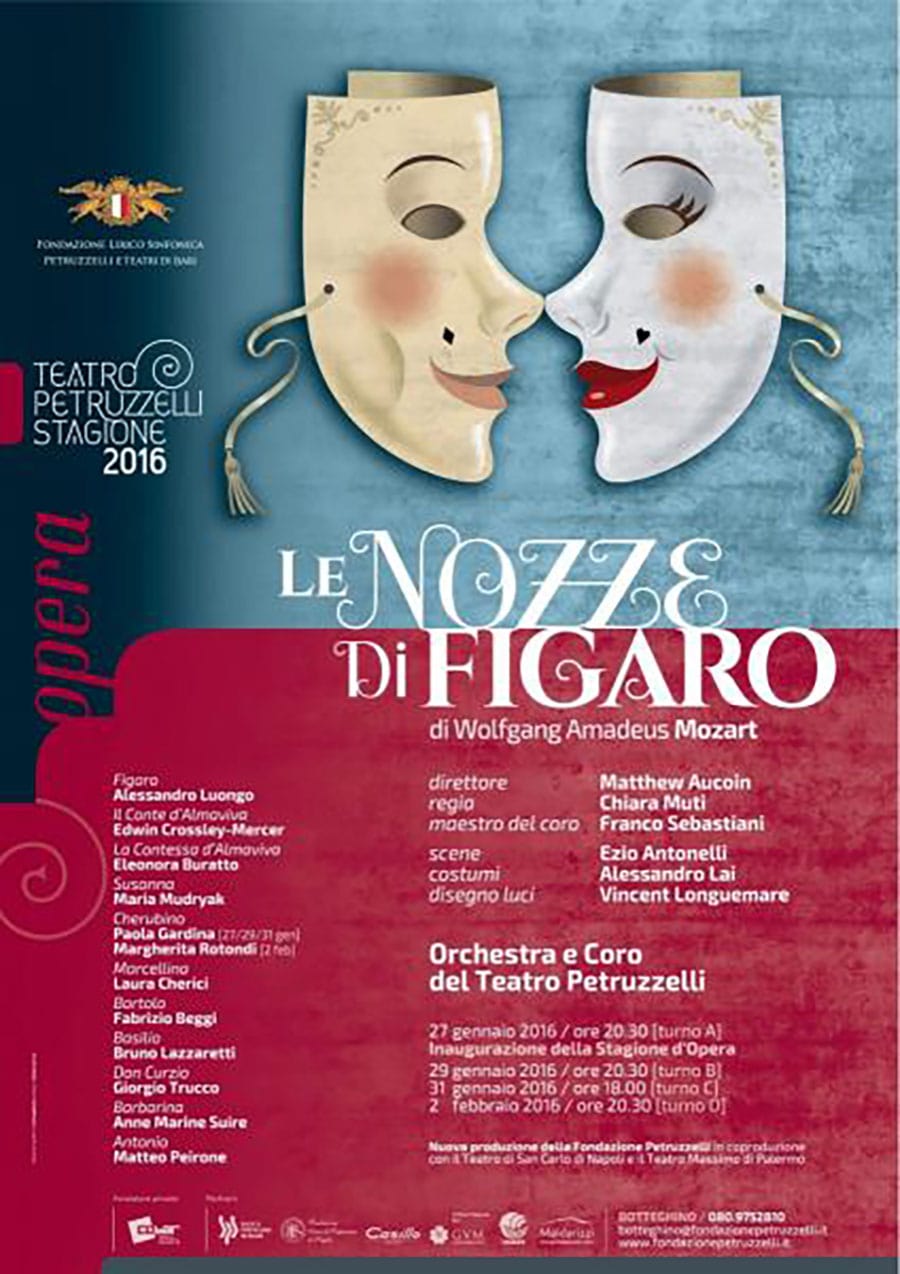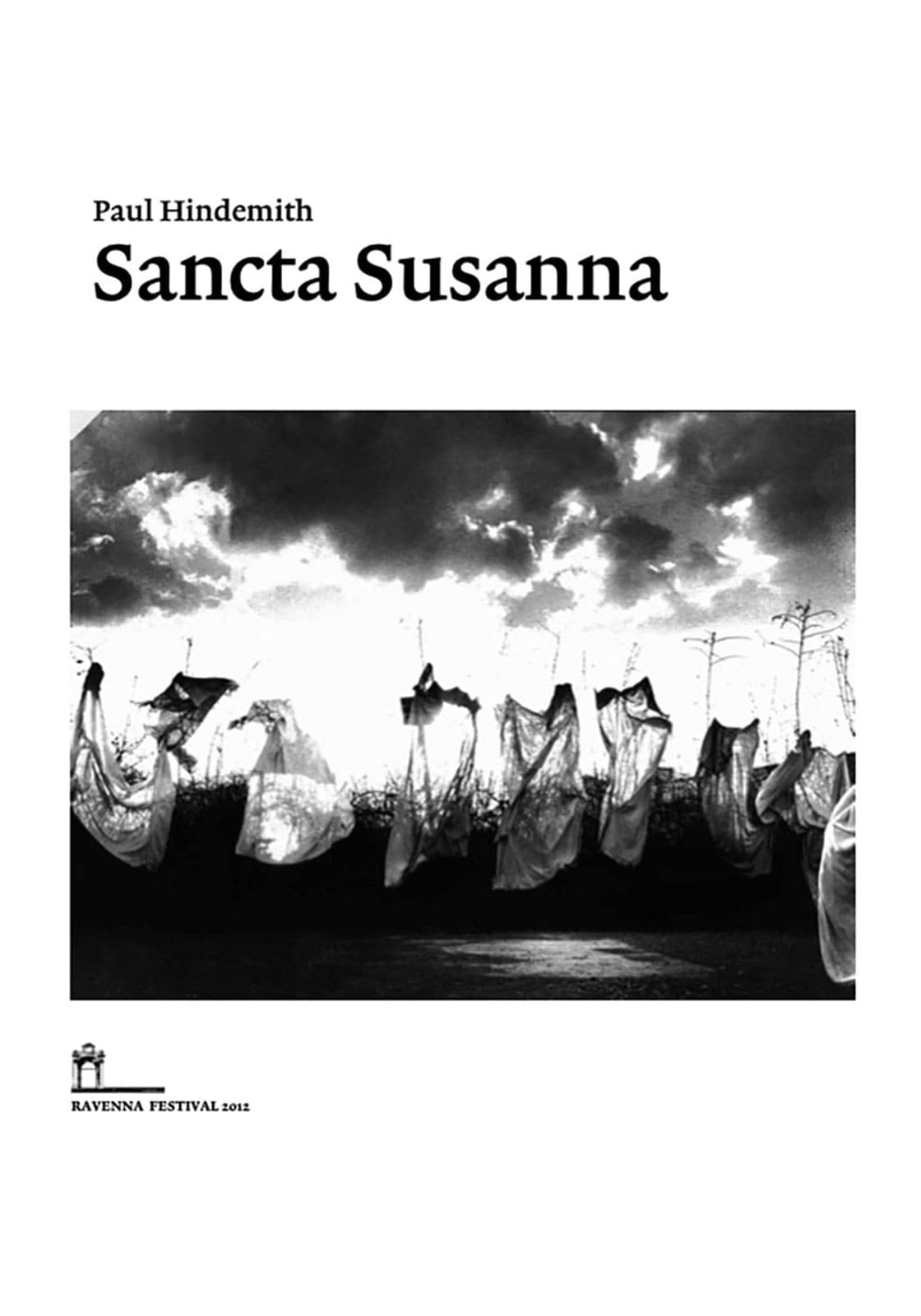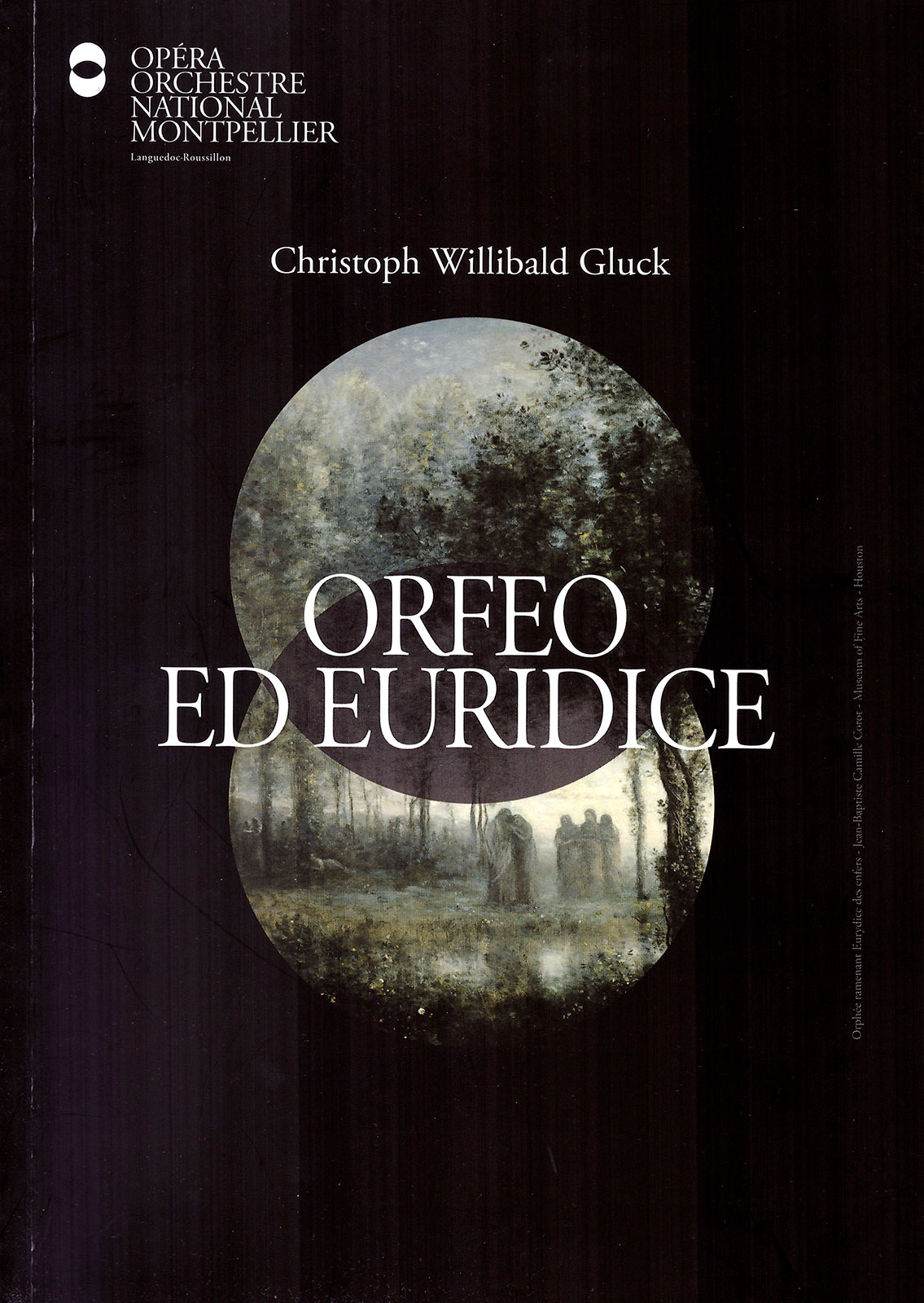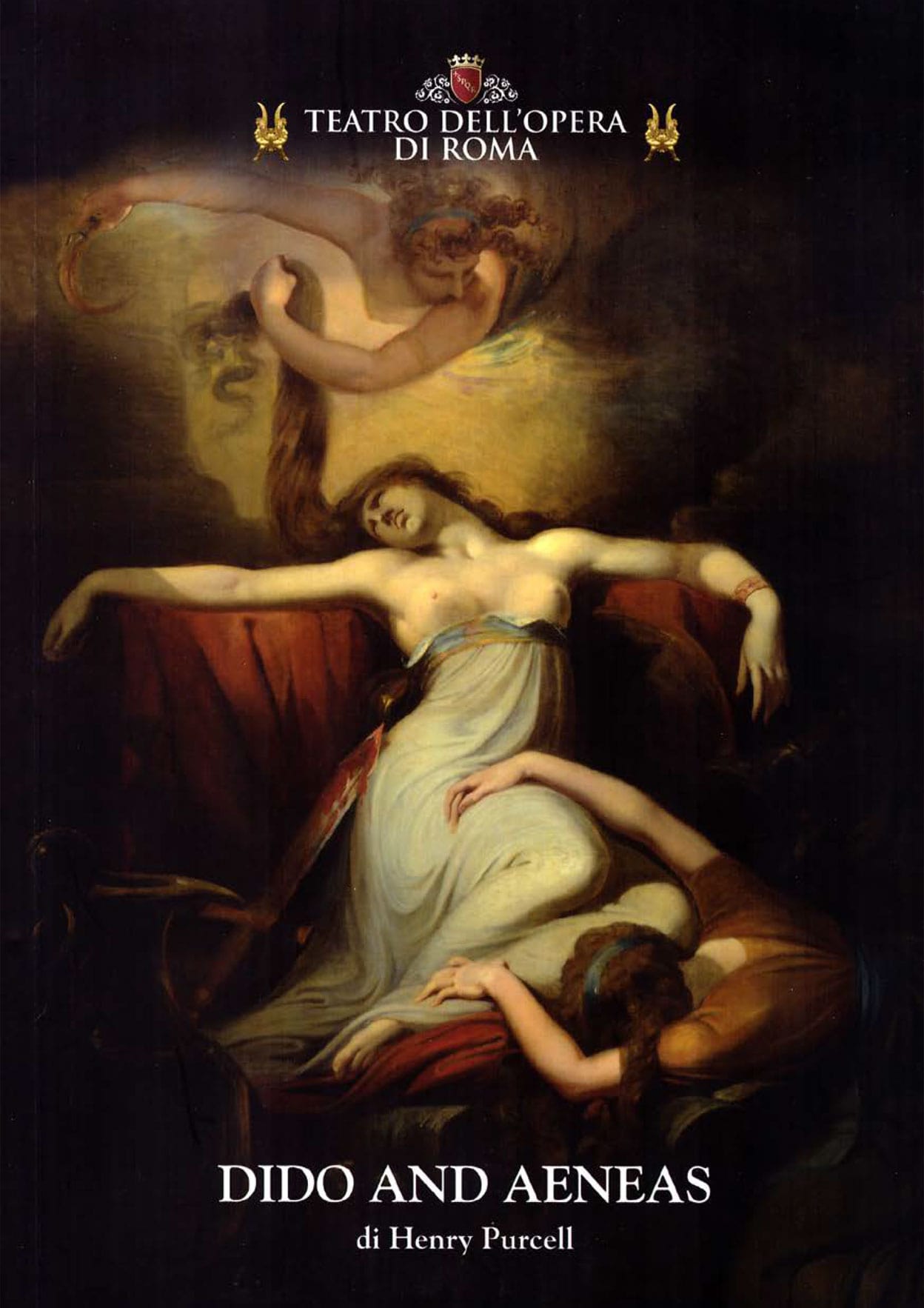Posted at 19:10h
in
Opera
Imprisoned between land and sea… on the edge of nothingness… awaiting the
moment when the illusion fades and the blood begins to flow
#gallery-1 {
margin: auto;
}
#gallery-1 .gallery-item {
float: left;
margin-top: 10px;
text-align: center;
width: 100%;
}
#gallery-1 img {
border: 2px solid #cfcfcf;
}
#gallery-1 .gallery-caption {
margin-left: 0;
}
/* see gallery_shortcode() in wp-includes/media.php */
Pictures by Silvia Lelli, Michele Monasta
Pictures by Silvia Lelli, Michele Monasta
Madama Butterfly - G. PucciniConductor Francesco Ivan CiampaDirector Chiara MutiSet Design Leila FteitaCostumes Alessandro LaiLighting Vincent LonguemareTeatro del Maggio Musicale Fiorentino November 12, 15, 22, 26, 28 – December 1, 2021
Director’s Notes
The Drama of Waiting…Imprisoned between land and sea… an exile… on the edge of nothingness… immersed in a dreamlike landscape of lights and pale colors from an enchanted, impalpable Japan… waiting for the illusion to shatter and for the blood to flow.It takes but a few elements to outline a house that, in truth, does not exist — and never will.Between inside and outside, there is no boundary.The wedding nest is a melancholy mirage. Faint walls of white filigree, as fragile as Japanese paper, open and close, defining a non-space. Noren gently descend from above onto a tatami laid upon the ground, like an island adrift on the shore of the sea.Everything appears as though it belonged to a dreamed, imagined, enchanted place.At first, Butterfly bears the vivid hues of the Morpho butterfly, whose wings, though colorless, through optical effect reflect the light, breaking it into an effervescence of intense, iridescent blues… but alas, once the light is lost, so too is the color… scattered here and there in layers of garments that, like pieces of shed skin, lie inert upon the ground… like shattered butterfly wings.And so, this figure—once a bright screen, now without light or color—moves forward toward her grim fate, the one to which she has always been destined, as reminded by the shadow of her father who, like a warning, appears in the fleeting opening scene… but only for a moment… before vanishing into the sea, like a memory sinking into the depths of a subconscious no longer willing to be disturbed.In a dreamlike world, where Japan is evoked but never narrated, the only recognizable traditional symbol is the array of masks held aloft by relatives chanting “We disown you!” — rising against the sky, a reminder of the harsh codes of a society often devoid of human empathy for those who break its values. Even the mother, eternally veiled in mourning black...



